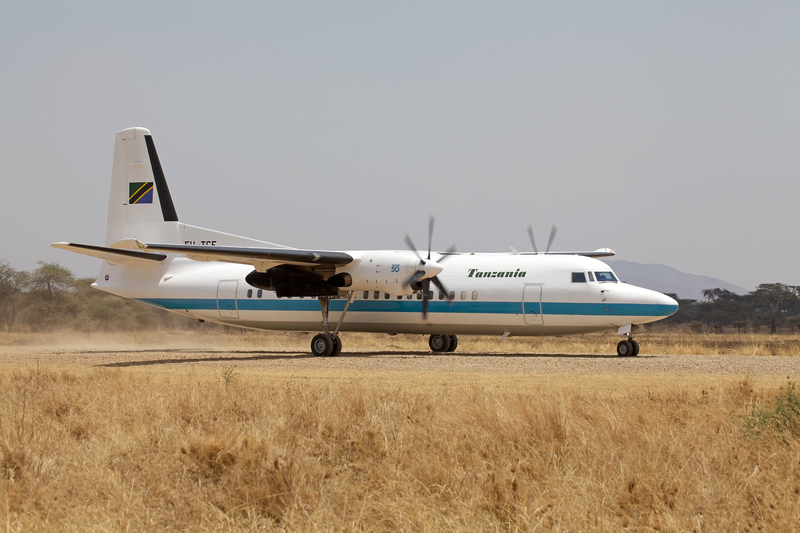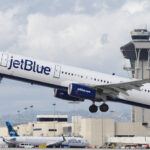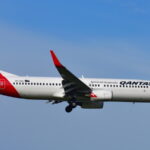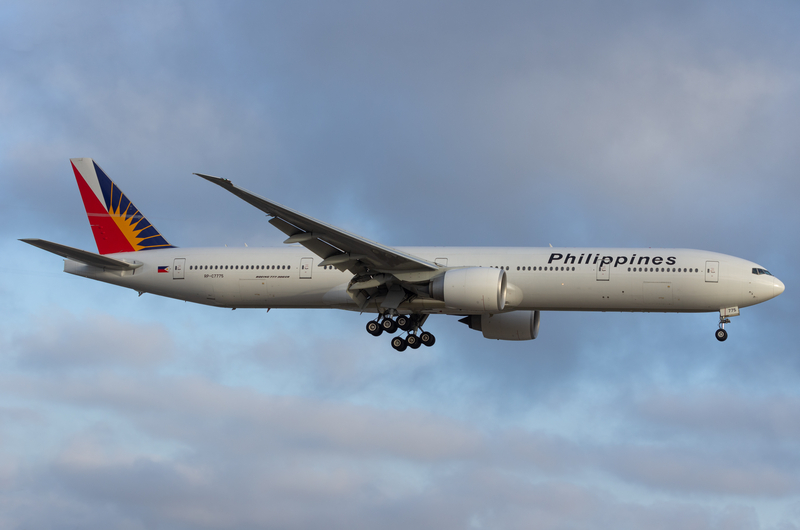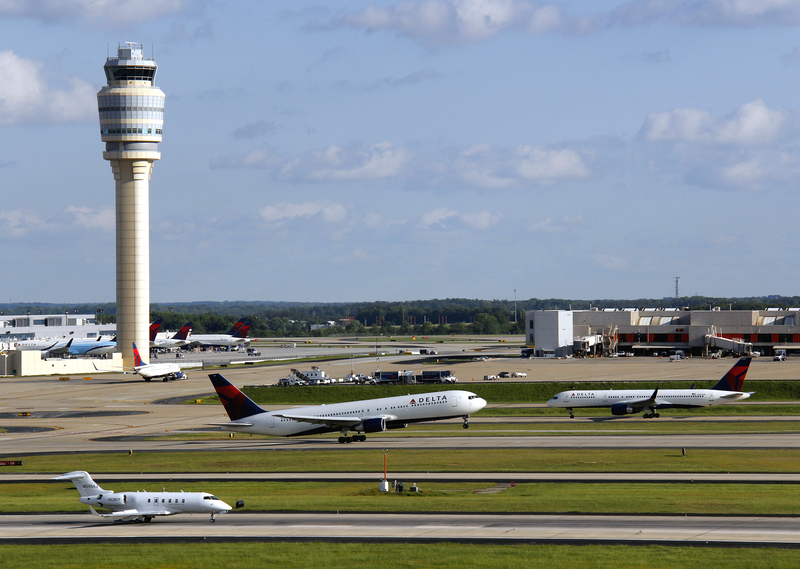Kenya Closes the Door to Fokker 27/50 Imports-Existing Jets Can Keep Flying
Kenya has drawn a line under fresh Fokker 27 and Fokker 50 arrivals. In Aeronautical Information Circular (AIC) 15/25 published October 31, the Kenya Civil Aviation Authority (KCAA) said it will no longer accept applications for type acceptance, registration, or airworthiness certificates for either family, effective immediately. Director General Emile N. Arao framed the move as an airworthiness and supportability decision aligned with ICAO Annex 8—only types with acceptable certification and ongoing manufacturer support should enter the register.
What the Order Means in Practice
The ban targets new imports, not aircraft already flying. Kenya’s in-service F27s and F50s may continue operating until they’re deregistered or reach the end of life, provided operators remain in strict compliance with maintenance and safety requirements. The KCAA will consult industry as the phase-out progresses.
Who’s Affected
Fokker turboprops remain visible in Kenya’s cargo, charter, and regional niches. Fleet data indicate 20+ Fokker 50s and a handful of F27 variants on Kenyan AOCs across carriers such as Jetways Airlines, Renegade Air, Skyward Airlines, Freedom Airline Express, and others; Safari Express Cargo reportedly flies the country’s only F27-400. Several operators had already begun pivoting fleet plans in anticipation of tighter regulation.
Why Now
While the KCAA hasn’t detailed specific triggering events, the rationale is familiar: aging airframes, rising maintenance complexity, and shrinking global support. Fokker ceased new-build production in the 1990s; although type certificates are maintained, operators worldwide report growing challenges sourcing spares and engineering data—especially for heavy checks.
What’s Not Covered
Foreign-registered F27s and F50s remain free to overfly or make technical stops in Kenya. The circular targets only Kenyan registration and certification actions.
What to Watch
-
Phase-out timelines: Expect a progressive sunset as heavy checks or major findings tip individual airframes into retirement.
-
Replacement lift: ATRs and Dash 8s are the natural successors on short, rough-field missions. Lease market availability and financing will shape how quickly operators can swap.
-
Regional ripple effects: Other African regulators have been tightening policies on legacy turboprops; Kenya’s move adds momentum to a broader fleet modernization trend.
Bottom Line
Kenya is ending new Fokker 27/50 entries but letting current aircraft fly on under tight compliance. It’s a pragmatic first step toward retiring a venerable workhorse class—and a clear signal that supportability and safety governance now outweigh the types’ legendary ruggedness in East African operations.
